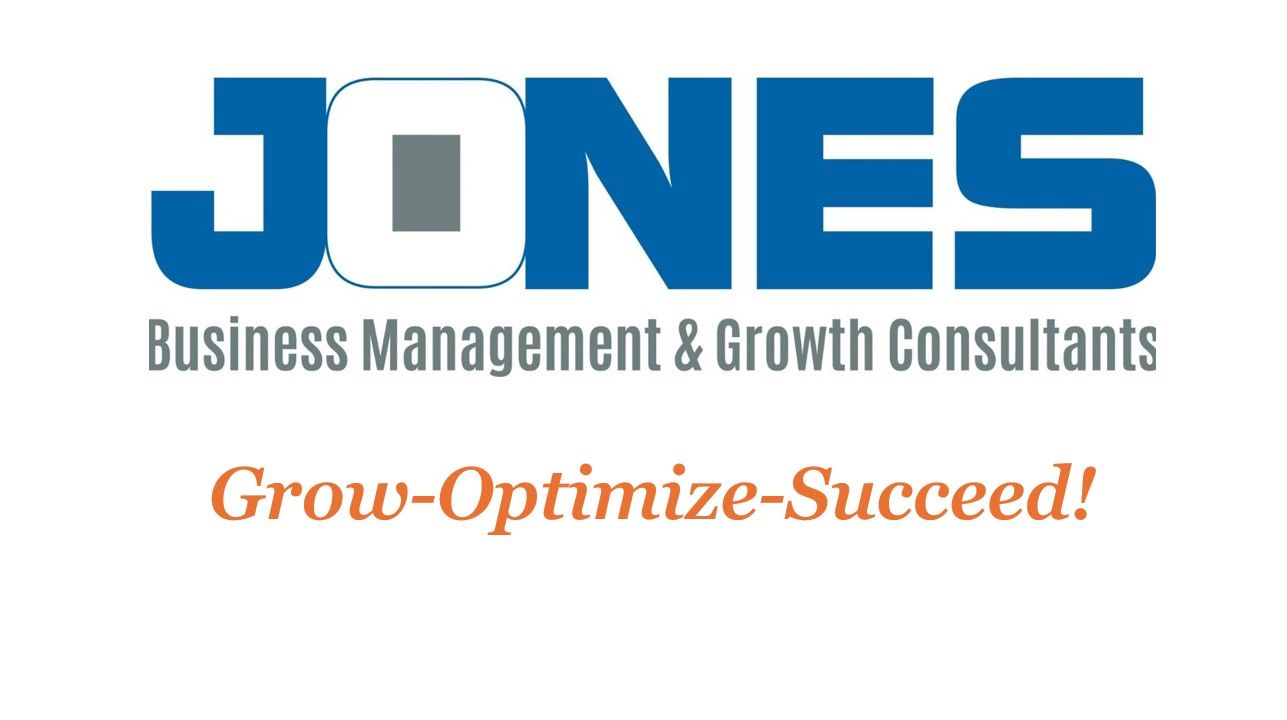Leadership Killers: 3 Ways You’re Sabotaging Crew Accountability
If Your Team Keeps Letting You Down, It Might Be You

A lot of landscapers complain that “nobody wants to work anymore.” I hear it every week. But if you have constant problems with reliability, quality, or motivation, the problem probably is not the crew — it is the leadership.
Strong teams are built by strong systems and clear expectations. Weak leadership creates confusion, frustration, and a crew that stops caring.
Here are three common ways owners unknowingly sabotage accountability in their business.
1. You’re Not Clear
If your crew is guessing, that is your fault. Saying “you know what to do” or “just get it done” is not leadership.
- Write clear roles and responsibilities.
- Define what a finished job looks like with photos or checklists.
- Walk the site together once, then let them handle it.
Clarity builds accountability. Confusion kills it.
2. You’re Not Consistent
If you let things slide sometimes but explode other times, your team learns one thing — you are unpredictable. Accountability cannot survive inconsistency.
- Follow through on what you say every time.
- Praise good work when it happens.
- Address issues immediately and calmly.
Consistency earns respect. Without it, crews stop listening.
3. You’re Doing the Work for Them
Owners often step in to “save the day.” You think you are helping, but you are actually training your crew to depend on you.
- Stop fixing what they break.
- Coach them to solve problems instead.
- Hold them responsible for results, not just effort.
If you keep rescuing your team, they will never learn to carry the weight.
The Leadership Shift
When you take full ownership of the culture, your team rises to meet it. Accountability starts at the top. Once you model it and enforce it, your crew begins to mirror it. That is when you stop babysitting and start leading.
Your Next Step
If you are tired of feeling like your crew is holding you back, it is time to look in the mirror and fix the leadership systems that drive accountability. That is what we do inside the G.Y.S.T. Academy on Skool — real strategies to lead better, delegate smarter, and build a team that takes ownership.
👉 Join the Skool community here and learn how to build a crew that shows up and performs without constant supervision.










